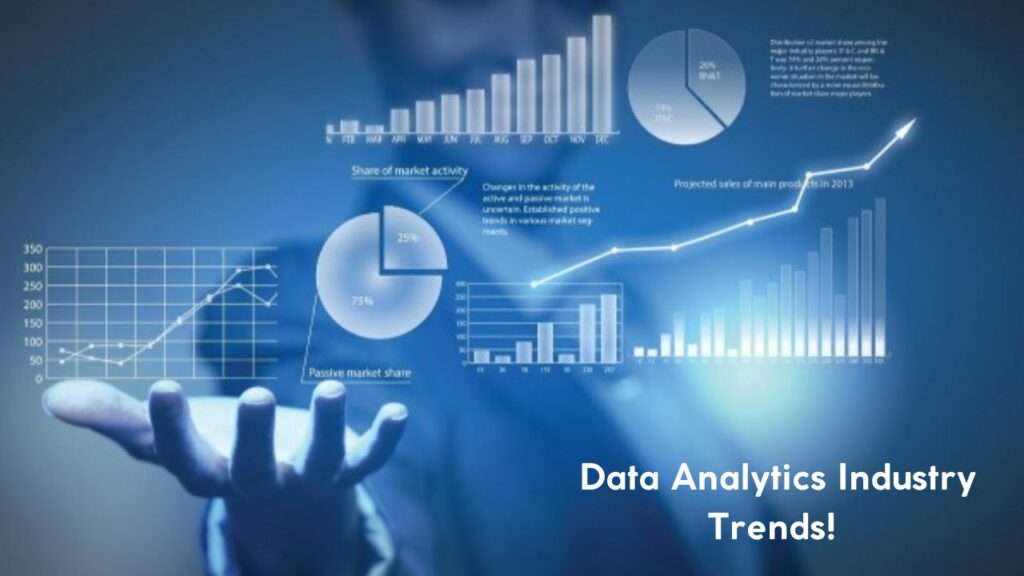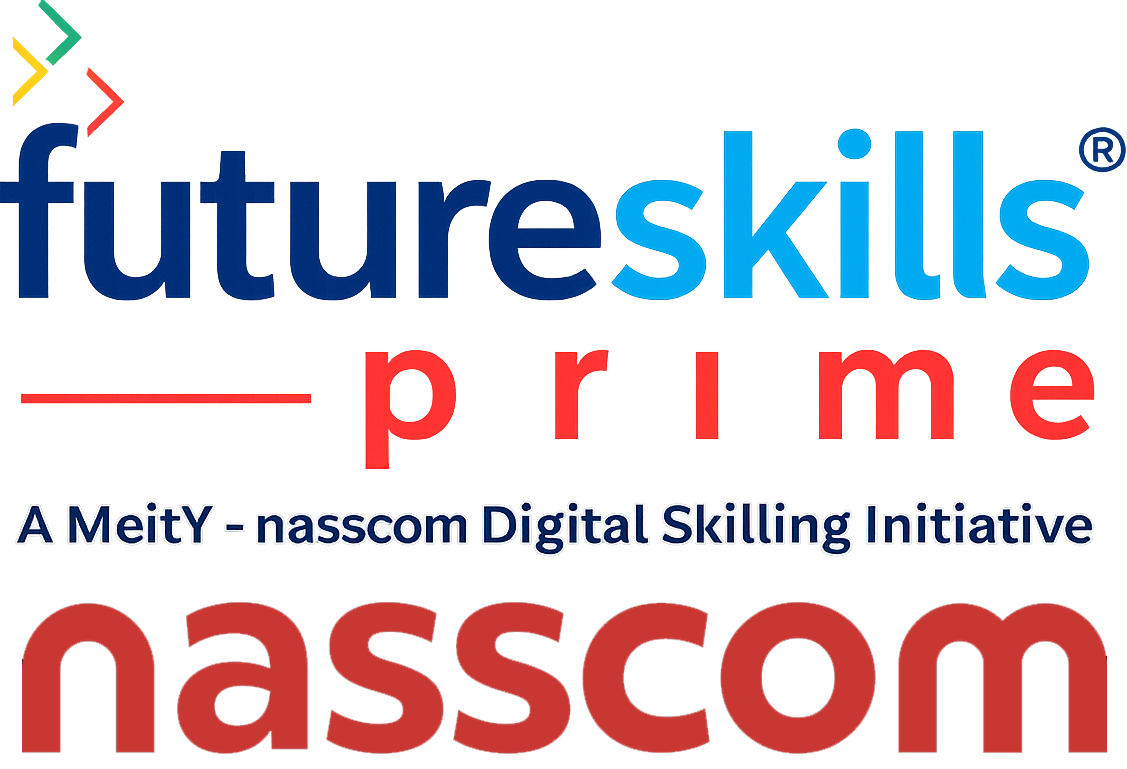Data is the driving force behind any organization in the present market trend in a plethora of different ways. In today’s expanding market, data science, big data analytics, and artificial intelligence are the three main themes. According to the Data analyst course in Pune “The data analytics sector is expanding tremendously as more businesses use data-driven models to automate their business procedures.” Organizations are leaning more toward data analytics, whether it be to support fact-based decision-making, embrace data-driven models, or increase their product offerings that rely on data. Opting Data Analytics as a career is very beneficial looking at the growth rate of the opportunities. You can refer to a business analytics course in pune.
Organizations can cope with numerous changes and uncertainties with the aid of these developing data analytics trends. Let’s examine a couple of these Data Analytics trends that are rapidly getting ingrained in the sector.
Trend 1: Artificial Intelligence that is More Clever And Scalable
The business environment has changed significantly as a result of COVID-19, making prior data no longer useful. So, various scalable and smarter Artificial Intelligence and Machine Learning approaches that can deal with small data sets are now available on the market to replace old AI techniques. These technologies offer a quicker return on investment, are significantly faster, preserve privacy, and are extremely adaptive. Most manual chores can be automated and reduced with the use of big data and AI.
Trend 2: Composed And Agile Data Analytics
Digital innovation, differentiation, and growth are all possible with agile data and analytics models. Using a variety of data analytics, AI, and ML solutions, edge and composable data analytics aims to deliver a user-friendly, adaptable, and seamless experience. In addition to enabling leaders to link business insights and actions, this will foster cooperation, boost productivity, promote agility, and advance the organization’s analytics skills.
Trend 3: Cloud Computing And Hybrid Cloud Technologies
The increased use of hybrid cloud services and cloud computing is one of the top data trends for 2022. Public clouds are less expensive but offer lower security than private clouds, which are more expensive but offer higher security. In order to provide more agility, cost and security are balanced in a hybrid cloud, which combines the best aspects of both private and public clouds. Artificial intelligence and machine learning are used to do this. By providing a centralized
database, data security, scalability of data, and much more at such a lower cost, hybrid clouds are bringing change to enterprises.
Trend 4: Data Fabric
Across hybrid multi-cloud systems, a data fabric is a potent architectural framework and collection of data services that standardized data management procedures and uniform capabilities. Since this solution may reuse and mix various integration techniques, data hub skills, and technologies, more businesses will rely on it as the present business trend toward accelerated data complexity increases. Additionally, it lessens system complexity by reducing design, deployment, and maintenance times by 30%, 30%, and 70%, respectively. It will be widely used as an IaaS (Infrastructure as a Service) platform for re-architecting by 2026.
Trend 5: Using Edge Computing to Speed Up Analysis
Although there are many big data analytics technologies on the market, the issue of extremely powerful data processing capabilities still exists. As a result, the idea of quantum computing has been developed. The large volume of data can now be processed much more quickly by using less bandwidth thanks to computation, which also provides better security and data privacy. As judgments are made utilizing quantum bits on a Sycamore processor, which can answer a problem in under 200 seconds, this is far superior to classical computing.
Before becoming widely adopted by businesses, Edge Computing will need a lot of fine-tuning. Though the market trend is accelerating, it will soon become apparent and will play a crucial role in business operations.
Trend 6: Enhanced Analytics
Another prominent business analytics trend in the corporate environment nowadays is augmented analytics. In order to automate and improve data analytics, data sharing, business intelligence, and insight discovery, this notion of data analytics makes use of Natural Language Processing, Machine Learning, and Artificial Intelligence.
Augmented Analytics is already performing the duties of a Data Scientist, from assisting with data preparation to automating and processing data and gaining insights from it. With the aid of augmented analytics, data from inside and outside the company may also be merged, which facilitates business processes somewhat.
Trend 7: Predefined Dashboards Are No More
In the past, organizations were limited to static dashboards with predefined data and manual data exploration was only available to data analysts or citizen data scientists. Due to their lack of interaction and user usability, dashboards appear to have outlived their usefulness. Dashboards’ usefulness and return on investment are being questioned, which is prompting
businesses and business users to hunt for alternatives that would let them independently study data and save money on upkeep.
Modern automated and dynamic BI systems that give insights tailored to a user’s demands and supplied at their point of consumption appear to be gradually replacing business.
Trend 8: XOps
With the widespread adoption of artificial intelligence and data analytics within any enterprise, XOps has grown to be an essential component of business transformation operations. By combining development and operations, or DevOps, XOps was founded with the intention of enhancing business operations, customer experiences, and operational efficiency. It tries to prevent technological and process duplication and to increase repeatability, reusability, and reliability. Overall, XOps’ main goal is to assist enterprises achieve economies of scale by providing flexible design and agile orchestration in collaboration with other software disciplines.
Trend 9: Engineered Decision Intelligence
Today’s market is paying a lot of attention to decision intelligence. It involves a variety of decision-making processes and enables firms to more quickly obtain the insights required to motivate business actions. Applications for traditional analytics, AI, and sophisticated adaptive systems are also included. Engineering decision intelligence offers a significant potential to help organizations rethink how they maximize decision-making when combined with composability and shared data fabric. To put it another way, designed decision analytics can support human decision-making rather than replace it.
Trend 10: Data Visualization
Data visualization has quickly dominated the market thanks to changing market trends and corporate intelligence. Data visualization is described as the final step in the analytics process and helps businesses understand huge amounts of complex data. Businesses now find it simpler to make judgments by utilizing visually engaging methods thanks to data visualization. By enabling data to be seen and displayed in the form of patterns, charts, graphs, etc., it has an impact on the analytical process. It is a terrific approach to forecast future trends for the company because the human brain interprets and remembers pictures more than text.



